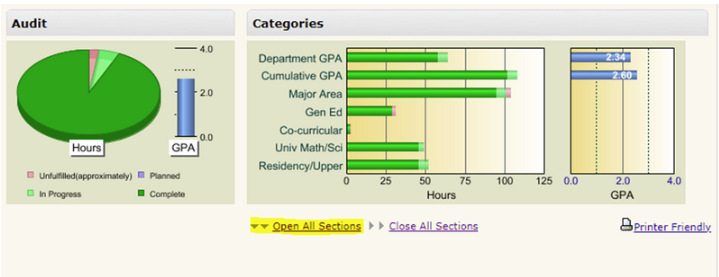Here’s What You Need to Know About Transferring Credits to Michigan Tech
Planning to take a class at another college this summer and transfer it back to Michigan Tech? Great idea—but there are some important things to know to make sure your credits count and your academic progress stays on track.
1. Check Course Equivalency First
Before you register for a course at another institution, confirm that the class is equivalent to a Michigan Tech course. The best way to do this is by using the MTU Transfer Equivalency System. This tool lets you search by school and subject to see if the course you’re planning to take has already been evaluated and matched with an MTU equivalent.
If the course you’re considering doesn’t appear in the system, contact the Registrar’s Office to request an evaluation.
2. Taking a Prerequisite Course? Request a Temporary Waiver
If the course you’re taking this summer is a prerequisite for a course you plan to take in the next semester at Michigan Tech, you’ll need to request a temporary waiver in order to register for the follow-up course.
Send an email to transfer@mtu.edu with:
- The name of the college you’re attending
- The course you’re taking there
- The MTU equivalent course
- A request for a temporary prerequisite waiver so you can register for future courses that require it
3. Make Sure You Earn a “C” or Better
To transfer credit, you must earn a grade of “C” or higher in the course. Anything below won’t be accepted for transfer credit at MTU.
4. Replacing a Grade? Know How It Affects Your GPA
You can transfer credit to replace a previous Michigan Tech course grade, but there are a few key things to remember:
- The transfer credit must be evaluated as equivalent to the exact same MTU course number.
- Transfer credits do not affect your Michigan Tech GPA directly. While the original MTU grade is removed from your GPA calculation if the transfer is a valid repeat, the new grade from the other institution does not get factored into your GPA.
- This means that your GPA could improve by removing a poor grade from the calculation, even though the new grade isn’t counted numerically.
5. Send your transcripts back to Michigan Tech
If you successfully complete the course(s), request your transcripts be sent to transfer@mtu.edu to have the course added to your audit. In order to remain in your courses that require a prerequisite, you will need to have your transcripts sent to Michigan Tech before the next semester begins.
REMEMBER: Taking summer courses elsewhere can be a smart way to stay on track—but planning is key. Use the tools available, consult your advisor if you’re unsure, and follow the proper steps to make sure your hard work pays off at MTU.
